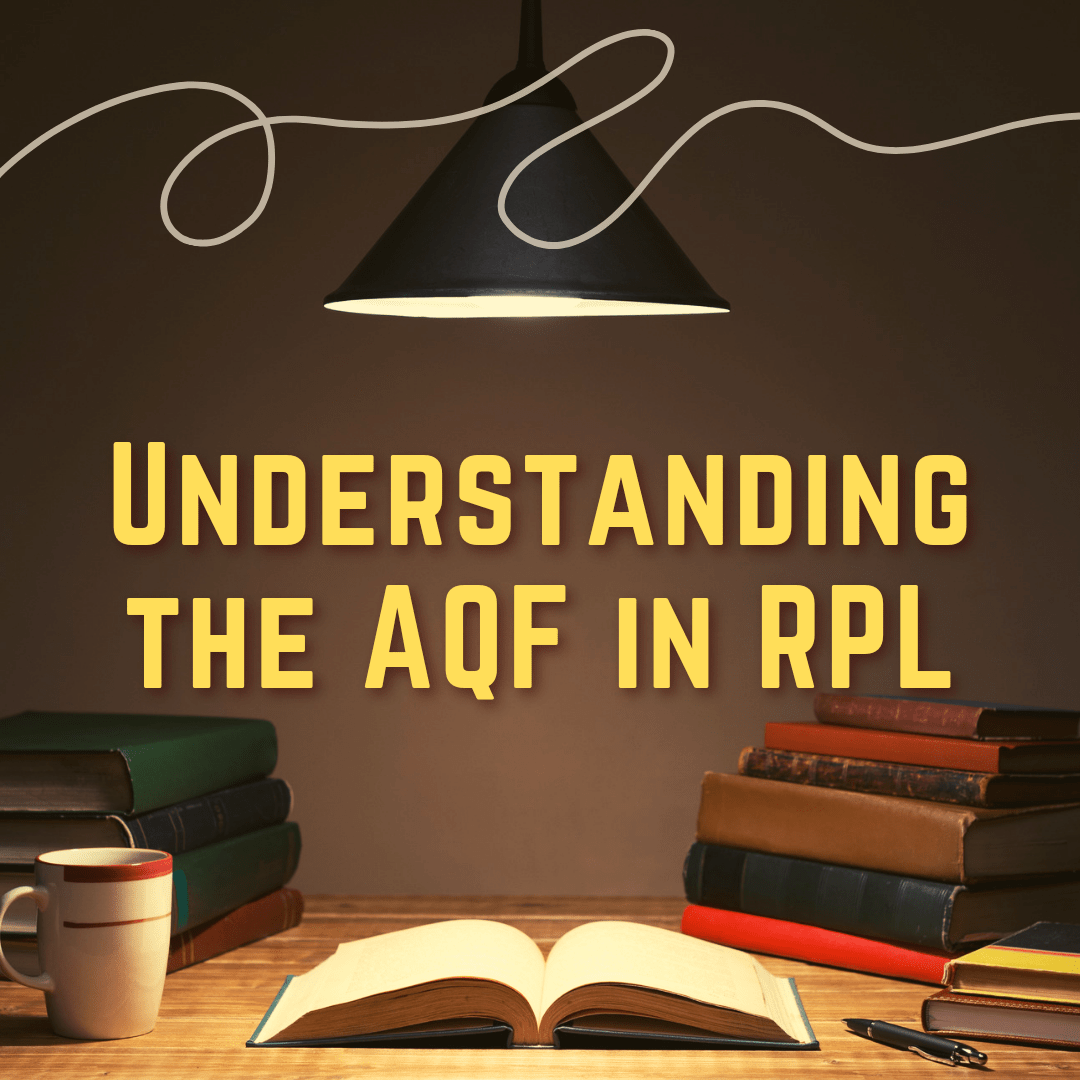
When it comes to pursuing a Recognition of Prior Learning (RPL) diploma or certificate in Australia, understanding the Australian Qualifications Framework (AQF) is essential. The AQF is the national policy for regulated qualifications in the country, and it plays a significant role in ensuring that qualifications are consistent, credible, and recognized across various education and training providers. In this blog post, we will delve into the AQF, its levels, and its significance in the RPL process.
What is the Australian Qualifications Framework (AQF)?
The AQF is a unified framework that encompasses all levels of education and training qualifications in Australia. It was established to provide a clear and consistent way to understand qualifications and their respective levels of difficulty and complexity. The AQF covers a wide range of qualifications, including certificates, diplomas, advanced diplomas, bachelor’s degrees, postgraduate degrees, and vocational qualifications.
AQF Levels and Their Significance in RPL
The AQF categorizes qualifications into ten levels, each of which represents a specific set of learning outcomes and complexity. These levels help individuals, educational institutions, employers, and government bodies to understand the relative difficulty and value of a qualification. Here is a brief overview of the AQF levels and their significance in the RPL process:
- Certificate I and II: These levels typically represent basic skills and foundational knowledge. RPL applicants may use prior experience to seek qualifications at these levels.
- Certificate III and IV: At these levels, you’ll find vocational qualifications that often require a moderate level of expertise. RPL candidates can leverage their work experience for these certificates.
- Diploma and Advanced Diploma (Level 5 and 6): RPL applicants can aim for these levels when they possess significant experience and expertise in their field.
- Associate Degree: Usually requires a strong foundation in a specific area. RPL can be a valuable tool for candidates with extensive relevant knowledge.
- Bachelor’s Degree (Level 7): While RPL can play a role in this level, it’s essential to understand that bachelor’s degrees often require a significant amount of formal education.
- Graduate Certificate and Graduate Diploma (Level 8): These higher-level qualifications may be attainable through RPL if candidates can demonstrate advanced skills and expertise.
- Master’s Degree (Level 9): Typically, a master’s degree involves extensive formal education, making RPL less common at this level.
- Doctoral Degree (Level 10): These are the highest academic qualifications and are not usually accessible through RPL.
Why Understanding AQF Levels Matters in RPL
Understanding the AQF levels is crucial for individuals pursuing RPL for several reasons:
- Accurate Expectations: Understanding the AQF levels helps you set realistic goals and expectations for the qualifications you can achieve through RPL.
- Choosing the Right Qualification: By aligning your experience with the appropriate AQF level, you can make informed decisions about the qualifications you wish to pursue.
- Clear Communication: When communicating with assessors, educational institutions, or employers, knowledge of AQF levels can help you explain the value of your RPL achievements effectively.
- Compliance: RPL assessors and institutions must adhere to AQF standards, ensuring that your qualifications remain credible and recognized.
In conclusion, the Australian Qualifications Framework is a fundamental aspect of the Recognition of Prior Learning process in Australia. Understanding AQF levels and their significance helps individuals make informed decisions about pursuing RPL diplomas and certificates that align with their skills and experiences. By harnessing this knowledge, you can embark on a successful journey towards acquiring the qualifications that reflect your expertise and open doors to new opportunities in your chosen field.


